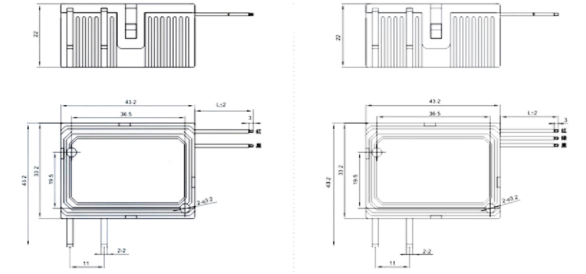what is shunt?
Dear colleagues and students, today I would like to talk about shunts - an important electrical device that is commonly used in measuring current. In this technical speech, we will explore the principles of shunts, their application areas, and future development trends.

I. Principles of Shunts
Shunts are a type of resistor that is specifically designed to measure current. They work by creating a voltage drop across the resistor as a result of the current flowing through it. By measuring this voltage drop, we can calculate the current passing through the shunt using Ohm's law (I=V/R).
Shunts come in various shapes and sizes, but they all share the same basic principle: they are inserted into a circuit in series with the load so that the current flows through the shunt and creates a voltage drop. This voltage drop is then measured by a voltmeter or other precision measuring instrument.
II. Application Areas of Shunts
Shunts have a wide range of applications in both industrial and scientific fields, including power generation and distribution, transportation, and laboratory experiments. Here are some examples of how shunts are used:
1. Energy Measurement: In power generation and distribution systems, shunts are used to measure the amount of current flowing through the system. This information is critical for efficient energy management and billing purposes.
2. Automotive Industry: In automobiles, shunts are used to measure the current flowing through the battery, which helps determine the state of charge and health of the battery.
3. Laboratory Experiments: In scientific research, shunts are used in various laboratory experiments to measure the current or voltage of a particular circuit or component.

III. Future Development Trends of Shunts
As technology continues to advance, there are several potential future development trends for shunts. These include:
1. Miniaturization: With the increasing demand for smaller and more precise electronic devices, shunts will likely continue to become smaller and more compact.
2. Higher Precision: New manufacturing technologies and materials may allow for even higher precision shunts that are capable of measuring extremely low currents or voltages with greater accuracy.
3. Advanced Integration: Shunts could be integrated with other electronic components or systems, such as sensors or control modules, to provide a more comprehensive measurement solution.
In conclusion, shunts are an important electrical device that plays a critical role in measuring current in various applications. With ongoing technological advancements, we can expect to see even more precise and advanced shunts in the future. Thank you for your attention.
Sure, here are two international research articles related to shunts:
"Design of High-Precision Shunt Resistors for Current Sensing Applications," by Xiaojun Xie et al., published in IEEE Transactions on Power Electronics (2018): https://ieeexplore.ieee.org/document/8344405
"Accuracy Evaluation and Improvement of a 1000A DC Shunt for High-Voltage Direct Current Transmission Systems," by Jianhua Zhu et al., published in Energies (2019): https://www.mdpi.com/1996-1073/12/21/4125




